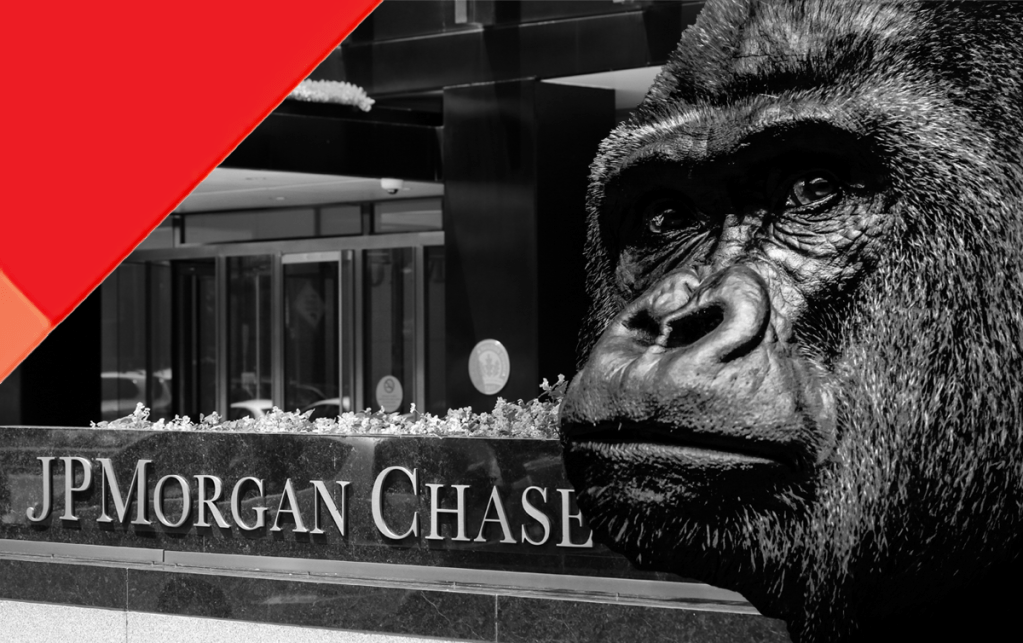
The private-label residential mortgage-backed securities market has been resurrected from its near-death following the global financial crisis a decade and a half ago. This year it is on track to securitize loan volume approaching or even exceeding $100 billion, and driving a healthy share of that secondary market business is J.P. Morgan, the investment bank side of New York-based banking holding company J.P. Morgan Chase & Co.
J.P Morgan, through its private label conduit, J.P. Morgan Mortgage Trust, or JPMMT, year to date through the end of September has delivered a total of 16 private label deals to the market backed by loan pools with an aggregate unpaid principal balance of nearly $13 billion, according to prime and nonprime private-label deals tracked by Kroll Bond Rating Agency. The tally for that segment of the entire private-label market, as of the same point in the year, Kroll’s data shows, exceeds 150 private label deals backed by some $67 billion in mortgage volume, which means J.P. Morgan accounted for 19% of the total private label volume over the period.
The investment bank expects to maintain a healthy share of the private label market through the balance of this year, according to Marc Simpson, managing director, non-agency whole loan and RMBS trading at J.P. Morgan. So, its share of the market is likely to grow.
In fact, Kroll expects private-label issuance volume for RMBS 2.0 (defined as prime, nonprime and credit-risk transfer transactions) to reach $96 billion by year’s end, which would be a 170% increase year-over-year from 2020. Private-label RMBS, or bonds backed by residential mortgages, are not insured or guaranteed by the government-sponsored enterprises (GSEs) Ginnie Mae, Fannie Mae or Freddie Mac.
“The private label market proved that it could, in many cases, better price liquidity than the GSE market,” Simpson said. “We [at J.P. Morgan] have a very robust [private-label] issuance calendar planned all the way through the end of this year.”
Key to J.P. Morgan’s market dominance has been its mortgage-loan conduit. To pursue securitizations at a high level, one needs a steady pipeline of quality loans as the collateral backing private-label deals.
For J.P. Morgan, one of those major conduits is the broad universe of nonbank lenders that now account for the bulk of new mortgage originations in the nation. A recent report from the Federal Deposit Insurance Corp., or FDIC, states that “nonbanks now originate a majority of residential loans, accounting for 68.1% of mortgage originations by the top 100 lenders in 2020, up from 58.9% in 2019.”
In the case of J.P. Morgan’s private label conduit, there are a host of nonbanks feeding into the loan supply chain. The dominant players in recent deals involving the JMPPT conduit, according to Kroll’s data, are the following three lenders: United Wholesale Mortgage (UWM), Guaranteed Rate and loanDepot.
UWM year to date through September has participated as a leading mortgage originator for J.P. Morgan’s private label transactions via six deals, four as the top nonbank originator, Kroll’s data shows. Guaranteed Rate over the same period participated in nine deals, five as the top nonbank originator. LoanDepot also participated in nine deals, four as the top originator.
UWM, however, participated at a much higher level in terms of loan production than the others. They are the only lender to have originated 100% of the loans — in the case of one J.P. Morgan private label transaction, according to Kroll’s tracking data. Its other loan-origination participation rates in JPMMT deals ranged from 11.1% to 65.3%. Guaranteed Rate’s participation rates ranged from 7.4% to 30% while loanDepot’s origination-volume participation for JPMMT deals ranged from 8.4% to 20%.
“We don’t see United Wholesale as a large contributor to any other issuers besides their own shelf (private label transactions) or J.P. Morgan (JPMMT) so far in 2021,” said Jack Kahan, senior managing director of RMBS at Kroll Bond Rating Agency. “They were also a frequent contributor/seller to JPMMT prior to 2021 but were also present in a handful of other shelves.”
The larger nonbanks helping to feed J.P. Morgan’s loan conduit for private label issuances are only part of the picture. Another factor is the loan-trading platform MAXEX — in which J.P. Morgan recently made a “strategic investment.” The amount, however, was not disclosed. Simpson declined to comment on MAXEX for this story.
In announcing the J.P. Morgan investment in June, MAXEX said it had tripled its loan-trade volume since 2019, and as March 31 of this year had “exceeded $20 billion in aggregate trade-lock volume since launching the platform.”
MAXEX bills itself as providing transparency and liquidity to an otherwise fragmented part of the mortgage market — as well employing standardization to reduce the reams of paperwork involved in the bilateral loan-trading process. It operates as an exchange platform that allows mortgage originators to look for the best and most efficient pricing from a variety of investors.
“We are eager to see continued growth at MAXEX as they build a more liquid marketplace for trading mortgage loans,” Simpson said at the time J.P. Morgan’s investment in the loan-trading platform was announced.





